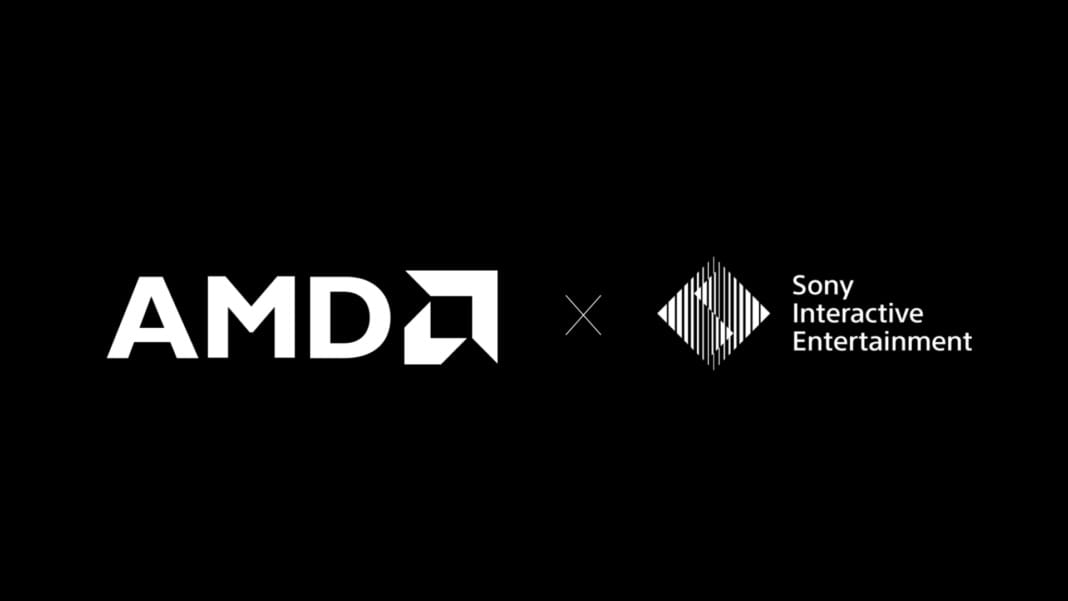AMD and Sony Interactive Entertainment have revealed a first look at three breakthrough technologies currently in development that aim to redefine gaming performance, immersion, and efficiency in future consoles. Although still in the simulation stage, these innovations are expected to be integrated into next-generation gaming systems within the next few years.
One of the key advancements is Neural Arrays, a collection of compute units designed to share and process data collaboratively, functioning as a single AI engine. This architecture is optimised for handling larger machine learning workloads and is expected to significantly enhance neural rendering capabilities. By enabling more efficient data processing, Neural Arrays could allow future consoles to deliver more complex, dynamic, and realistic gaming environments.
Elevating immersion through real-time ray tracing
Another major innovation previewed by the companies is Radiance Cores, dedicated hardware built specifically for real-time ray traversal. These cores are designed to accelerate ray tracing and path tracing performance, freeing up traditional shader cores to focus on other aspects of scene rendering. The result is expected to be higher frame rates and deeply immersive visuals, with lighting, reflections, and shadows rendered with greater realism and precision.
The introduction of Radiance Cores marks a significant step forward in the pursuit of cinematic-quality graphics in interactive entertainment. As ray tracing continues to evolve as a benchmark for visual fidelity, this hardware-based approach could set new standards for graphical performance in the next generation of gaming hardware.
Boosting efficiency with universal compression
Completing the trio of next-generation technologies is Universal Compression, a new system designed to analyse and compress all available data within the GPU. This approach dramatically reduces memory bandwidth usage, enabling higher levels of performance without requiring proportionally greater hardware resources. By streamlining how data is handled and transferred, Universal Compression is expected to make future gaming systems not only faster but also more power-efficient.
Efficiency is becoming an increasingly critical factor in console design, especially as demand grows for more powerful hardware that remains compact and energy-conscious. Universal Compression addresses this challenge by enabling developers to maximise performance potential while maintaining optimal system resource use.
A shared vision for the future of gaming
This technical preview represents the latest chapter in the long-standing collaboration between AMD and Sony, which has been central to the development of several generations of PlayStation consoles. By combining AMD’s leadership in semiconductor design with Sony’s deep expertise in interactive entertainment, the two companies are shaping the future of gaming experiences.
While the technologies showcased today remain in development and currently exist only as simulations, their potential impact is already generating anticipation across the gaming industry. AMD and Sony confirmed that these innovations are expected to make their way into commercial products within the next few years, signalling a significant leap forward in how games are rendered, processed, and experienced.
As the gaming landscape continues to evolve, the partnership between AMD and Sony highlights a shared commitment to pushing the boundaries of what is possible. From enhanced AI-driven performance and cutting-edge graphics to more efficient use of hardware resources, these upcoming advancements offer a glimpse into a future where gaming becomes even more immersive, responsive, and visually spectacular.





